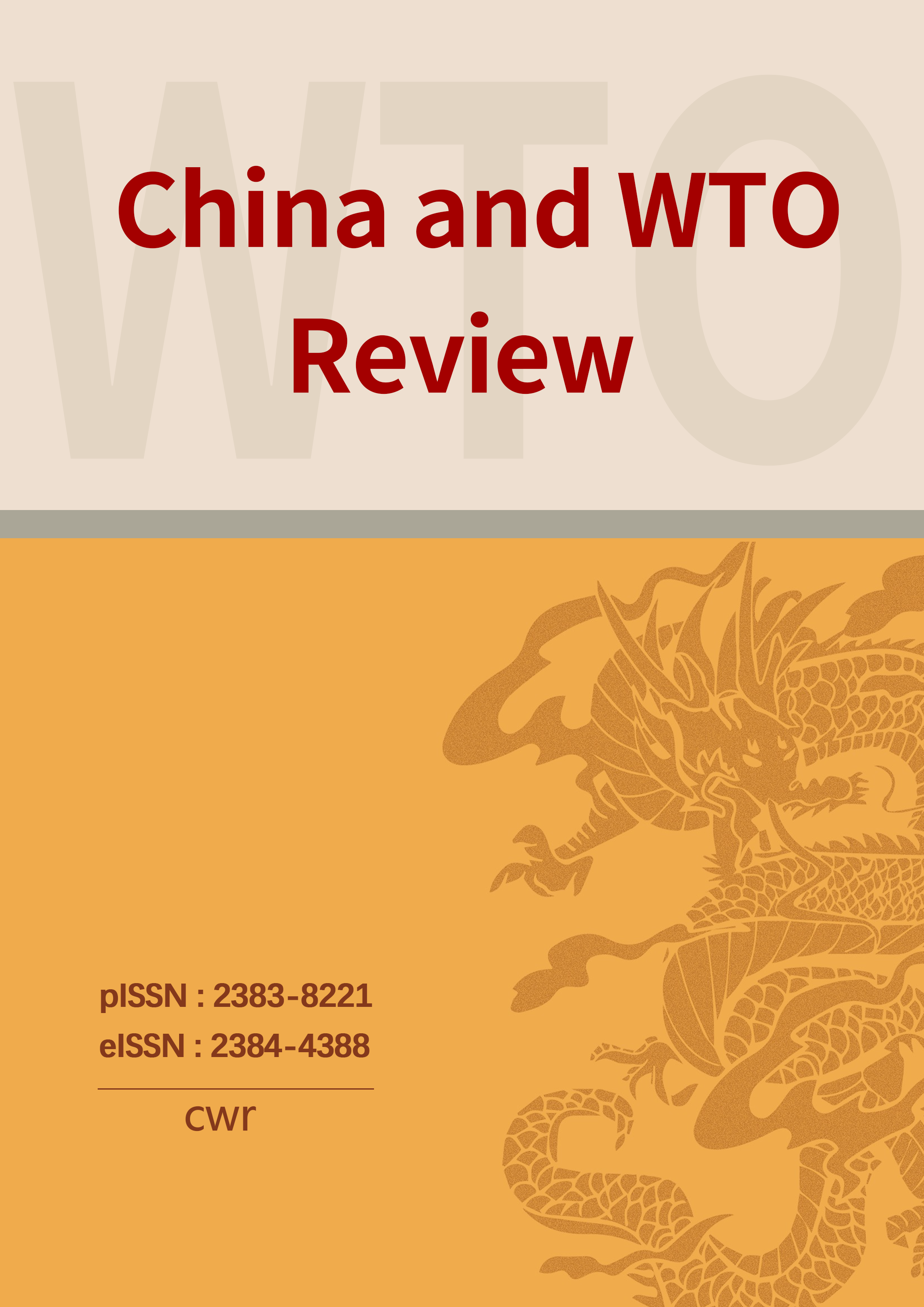Reform of Administrative Protection Mode of Intellectual Property Rights in China
DOI:
https://doi.org/10.52152/cwr.2024.10.2.08Keywords:
Intellectual Property Rights, Public Welfare-oriented Administrative Protection, Private Interest-oriented Administrative Protection, Challenge, EnlightenmentAbstract
This study explores the reform of administrative protection models for intellectual property (IP) rights in China, focusing on the shift from private interest-oriented to public welfare-oriented approaches. The purpose of the study is to examine the role of public welfare-oriented administrative protection in promoting innovation-driven development and to analyze its implications for China's intellectual property legal framework. A qualitative research method was adopted, utilizing secondary data collected from journal articles, government reports, policy documents, and legal analyses. The findings reveal that while the private interest-oriented model emphasizes resolving disputes and protecting individual rights, it is insufficient to address China’s broader national economic and innovation goals. In contrast, the public welfare-oriented model integrates IP protection with public interest strategies, such as government innovation support, patent navigation, and commercialization of IP assets. The study concludes that reforms are necessary to balance administrative and judicial protection while positioning IP as a strategic resource for economic development. However, the reliance on secondary data limits the study's scope, and future research should incorporate empirical methods to analyze IP protection effectiveness.
Downloads
Published
Issue
Section
License
Copyright (c) 2024 China and WTO Review

This work is licensed under a Creative Commons Attribution-NonCommercial 4.0 International License.




